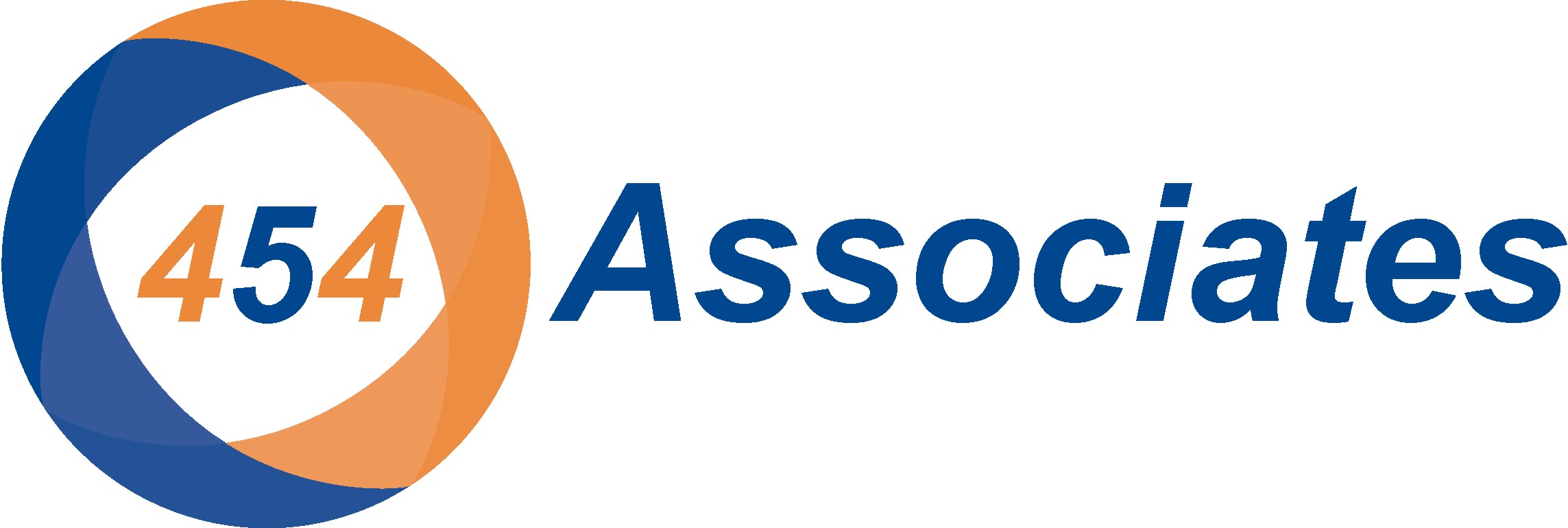In a nutshell, EDI stands for Electronic Data Interchange. EDI provides the functionality to exchange files between two or more organisations that trade with each other. These organisations, commonly referred to as trading partners, will normally exchange a number of formal transactions as part of their day to day business, such as orders, invoices and shipping notices. Traditionally these transactions have been exchanged on paper and sent via a postal service or fax. Where trading partners are using EDI, the transactions are sent as structured electronic files. Organisations using EDI to address this exchange of information save time and money, whilst streamlining and improving their collaborative business processes.
Resources
What is EDI?


In order to use EDI as a collaborative tool in their business processes, trading partners need to use systems which are EDI enabled or buy specific EDI enabling software to convert, integrate and exchange data.
At 454 EDI Services, we can help you with your EDI requirements, whether you are starting out, expanding your use of EDI or looking to get the best out of your EDI system. Although we work with a number of EDI providers that have solutions to meet the requirements of all types of organisations, we put our customers come first, so that they get the solution that best suits their needs.
Looking for more information? If we have inspired you with ideas and would like to see how using 454 can add value to your business or perhaps you have any questions, please get in touch with us. We’re looking forward to working with you!

